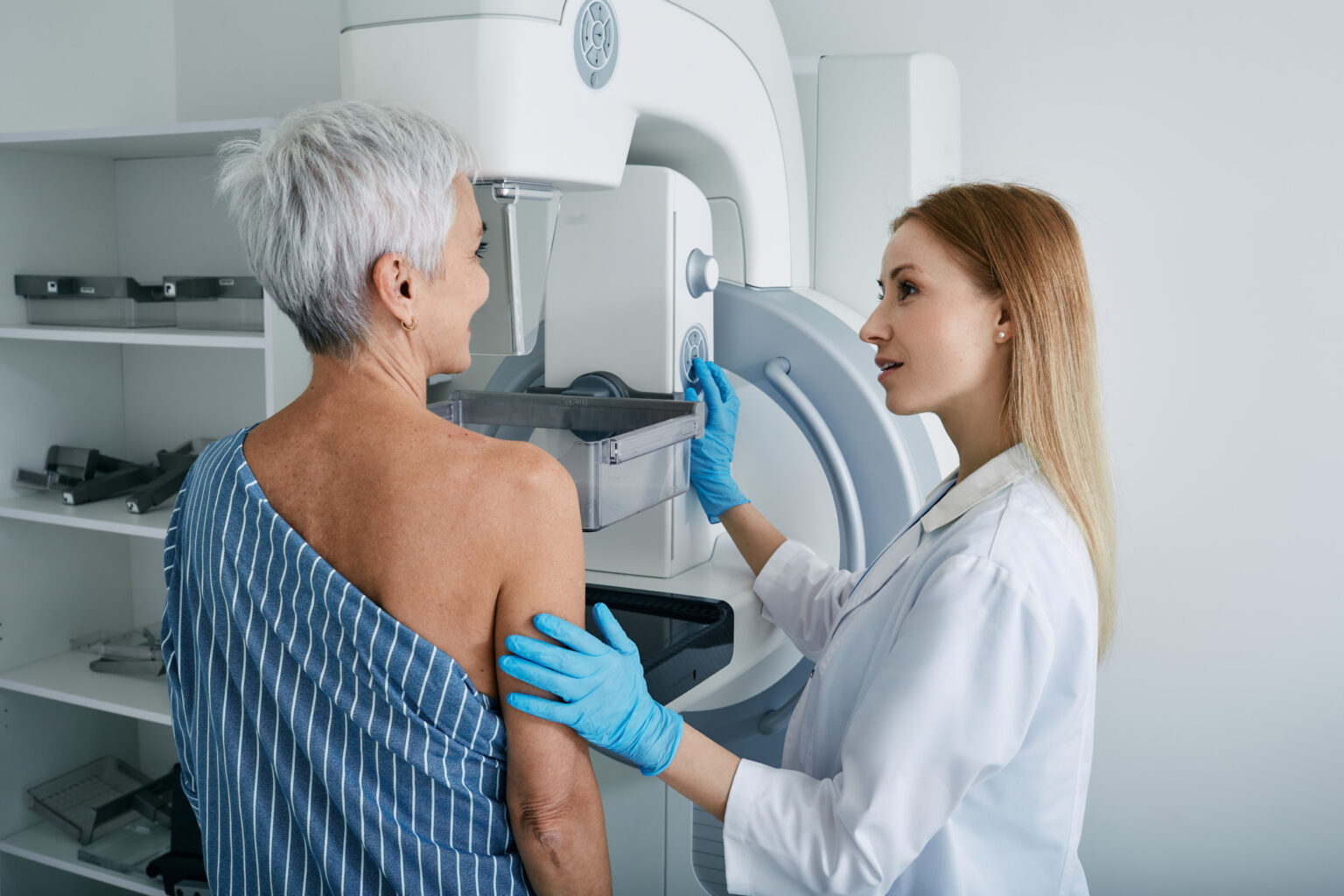More than half of American women may be confused about when to start having regular mammograms to screen for breast cancer.
This is the finding of a survey by researchers at the University of Pennsylvania’s Annenberg Public Policy Center, which revealed the greatest uncertainty among younger women.
Women with an average risk of breast cancer should start getting screened every two years from age 40 onwards, according to the latest guidance issued in April last year from the U.S. Preventive Services Task Force, an independent panel of medical experts.
Mammograms enable doctors to detect cancer early, before symptoms become visible. Regular screening has been shown to decrease the risk of dying from breast cancer.
“Confusion can arise when medical guidance about detection of treatment changes, as it has in recent years with mammograms,” said Annenberg Public Policy Center director Kathleen Hall Jamieson in a statement.
Recommendations have previously shifted from 40 up to 50 and then back down to 40 again. Confusing matters is how some medical groups offer different guidance. The American Cancer Society, for example, suggests that women start screening between 40–44, have mammograms annually from 45–54, and then every other year after that.
Jamieson added: “Our data suggest that the recommendation that such screening ordinarily start at 40 years old is not yet widely enough known.”
The survey—which was conducted back in late April this year on a sample of more than 1,653 U.S. adults—found that only 49 percent of respondents knew that women are recommended to start having mammograms every other year from the age of 40 onward.
Meanwhile, 10 percent said that screening should begin at age 20, 21 percent said age 30, 9 percent said age 50 and 11 responded that they weren’t sure when they should start. (Each number is rounded to the nearest 1 percent, which accounts for why these figures do not add up to 100 percent.)
Breaking down responses by age, the survey results suggest that there is a greater uncertainty on this topic among younger women. Specifically, only 37 percent of women aged 18–29 knew the correct age to start screening.
In contrast, 72 percent of women aged 40–49, 63 percent aged 30–39 and 59 percent 50–74 knew that the current recommended age is 40.
Alongside this, 16 percent of women aged 18–29 and 11 percent aged 30–39 reported that they were not at all sure when to begin regular screening; this figure was just one percent for women aged between 40–49.
Among the 18–29 age group, the most commonly reported incorrect age for when to begin mammography was 30 (selected by 27 percent of women); this is a decade earlier than recommended.
However, the most common misconception among those aged 30–39 (that is, approaching the recommended starting age of 40) was 50 years old—a decade later than current recommendations.
Do you have a tip on a health story that Newsweek should be covering? Do you have a question about mammograms? Let us know via health@newsweek.com.
Reference
Annenberg Public Policy Center of the University of Pennsylvania. (2025). ASAPH W24 mammogram items. https://www.annenbergpublicpolicycenter.org/wp-content/uploads/APPC_ASAPH_Mammogram_W24_Topline.pdf
Read the full article here

